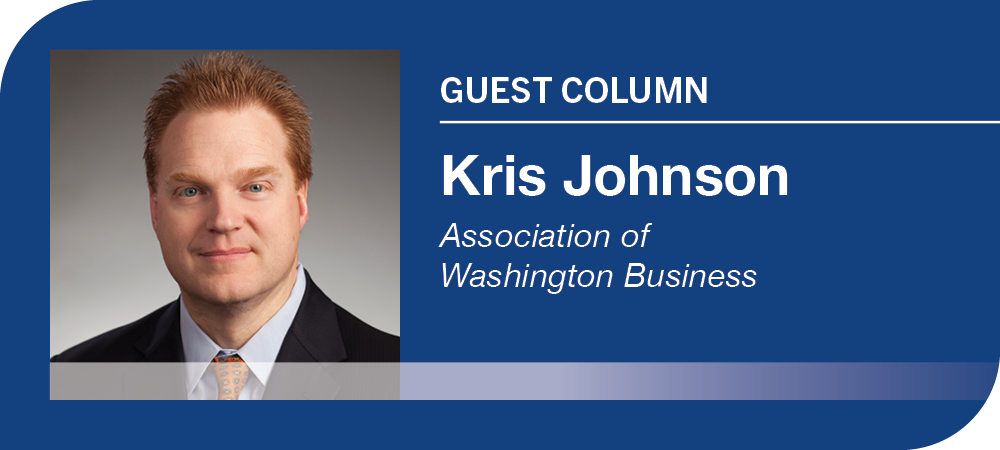
Home » FutureCast data dashboard will help us create the Washington we want
FutureCast data dashboard will help us create the Washington we want

June 13, 2022
It’s hard to prepare for the future if you’re only checking the rearview mirror.
That’s why the AWB Institute has launched a new tool called FutureCast to provide employers, policymakers and community leaders with a forward-looking view of how growth is likely to affect Washington state and every community within it.
The pandemic has changed the world in many ways, but it hasn’t changed the need to prepare for growth. Washington is projected to gain 1 million new residents by 2030 and 2 million new people by 2040.
Where will these people live? How will they get to work? Should communities invest in more apartments or broadband infrastructure? Are there enough schools?
FutureCast is a way to spark conversation among taxpayers, employers and policymakers about what the future could look like, and where to focus energy and resources.
The FutureCast dashboard builds on the Vitals, a website the AWB Institute created to track Washington’s progress in nearly three dozen categories –everything from population growth to high school graduation rates – down to the county level. FutureCast adds population and employment forecast data to the dashboard, providing a look out the windshield.
The FutureCast and Vitals are free and available by visiting AWBInstitute.org. All of the data comes from the state Office of Financial Management, state Employment Security Department or the U.S. Bureau of Labor Statistics.
In King County, for example, the population is projected to grow to 2.45 million people by 2029. That’s an increase of nearly 200,000 people since 2020.
In the Tri-City region, Benton County is projected to gain 20,000 people and 16,000 jobs, and Franklin County is likewise projected to add 28,000 people and 6,000-plus jobs.
Both the Vitals and the FutureCast dashboards are part of the AWB Institute’s larger efforts to drive innovation and accelerate economic recovery throughout Washington.
After the Great Recession, parts of Washington’s economy recovered fully while other areas, particularly in rural parts of the state, were left behind. The AWB Institute’s vision is one of shared prosperity and economic resilience for workers, employers and communities. Washington in the Making is the framework for the vision.
One way the institute is working to achieve this vision is through projects like the Washington Workforce Portal, which is connecting young people across the state to internships, and the Remote Work Certificate, a four-week specialized training course that equips rural residents with the skills they need to compete for remote, online jobs.
And another way is by equipping us all with tools like FutureCast and the Vitals.
Information can help employers make data-driven decisions for their businesses.
For elected officials, the tools can help guide and support policy proposals.
After everything we’ve experienced the last three years, it’s clear that we can’t always know exactly what’s coming next.
But we know Washington is going to grow, and that growth brings change to our communities. FutureCast lets us look ahead and begin planning now.
Go to: awbinstitute.org/vitals.
Kris Johnson is president of the Association of Washington Business, the state’s chamber of commerce and manufacturers association.
Opinion
KEYWORDS june 2022





